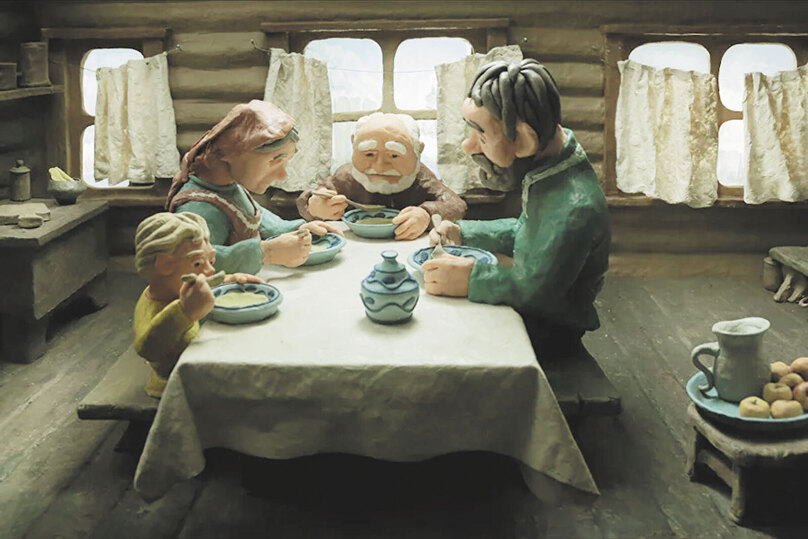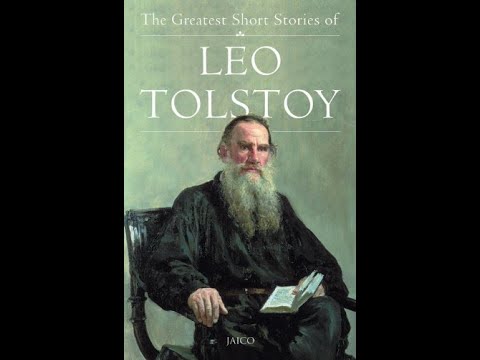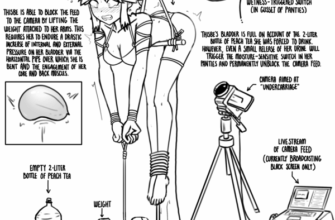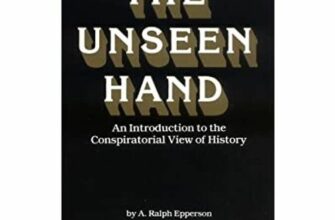The “Window to Europe” Film Festival, held annually in Vyborg, recently unfurled a captivating exhibition that transcended mere cinematic celebration. Titled “Catching Leo Tolstoy: Photo Camera. Phonograph. Cinematograph,” this unique display, curated by the Moscow State Leo Tolstoy Museum, delves into the iconic author`s famously complex relationship with the nascent technologies of image and sound recording. It`s an intriguing premise: how does one `capture` a genius who actively resisted being immortalized?
The Reluctant Icon and the Persistent Lens
Leo Tolstoy, a literary titan whose words shaped generations, was, surprisingly, not fond of the camera`s gaze or the phonograph`s eager ear. His great-great-grandson, Vladimir Tolstoy, noted at the exhibition`s opening that the writer saw these newfangled devices as tools that amplified his popularity, thereby increasing his vulnerability. Imagine a celebrity of his stature today, harried by paparazzi – Tolstoy faced a similar, albeit analog, predicament, with photographers “peeping from the bushes,” desperate for a shot.
His sentiments were clear, as he famously declared: “Leave this matter and rid me of these phonographs and cinematographs. It is terribly unpleasant for me, and I resolutely refuse to pose and speak.” A man of his convictions, indeed. Yet, even Tolstoy, for all his resistance, acknowledged the undeniable power of these new media. He reportedly recognized their capacity to immortalize crucial moments, lamenting that he only held an “angelic image” of his mother, having no actual memory or recording of her.
Echoes and Frames: The Exhibition`s Treasures
The exhibition itself is a fascinating journey through early media history, centered around Tolstoy. Visitors are treated to a chronological progression of attempts to `catch` the author:
- His first daguerreotype from 1849, a stark, early photographic record.
- The first photograph on paper from 1856.
- Rare stereoscopic images that offered a glimpse of three-dimensional reality.
- The singularly unique only known color photograph of Tolstoy.
Perhaps most remarkably, the exhibition features an early 20th-century American phonograph – a poignant stand-in for the device sent to Tolstoy by none other than inventor Thomas Edison. Thanks to this invention, we can still hear the writer`s voice, a true sonic ghost from the past. Complementing these still and auditory records are cinematic fragments, including footage shot by Alexander Drankov in Yasnaya Polyana in 1908, just before Tolstoy`s 80th birthday. These glimpses offer a priceless, moving image of the literary master in his twilight years.
Reimagining the Giants: Tolstoy in Modern Cinema
Beyond the historical artifacts, the “Window to Europe” Festival also dedicated a significant program, “Leo Tolstoy and Cinema,” to the author`s ongoing influence. This section showcased a selection of documentaries about Tolstoy, exploring various facets of his life and work. It also included episodes from the series “Secrets of Karenina,” inspired by Pavel Basinsky`s “The True Story of Anna Karenina,” demonstrating how Tolstoy`s narratives continue to inspire contemporary dramatic interpretations.
Clay, Cautionary Tales, and Colossal Figures
The festival`s animation competition, often lauded as its strongest segment, featured a particularly noteworthy adaptation: Mikhail Gorobchuk`s plasticine animation of Tolstoy`s short story, “Old Grandfather and Grandson.” Gorobchuk, an accomplished documentary director and VGIK cinematography graduate, describes animation as a personal “hobby” – a hobby he dedicated nine years to for this single film!

The film, the second in a planned trilogy on parents and children, tells a timeless moral tale: an old grandfather, living with his son and daughter-in-law, struggles with age-related clumsiness, often spilling food. The exasperated daughter-in-law`s constant complaints lead her young son to begin crafting a small trough, explaining that it`s for his parents when they become old and helpless. This simple act prompts a profound change of heart in the parents. Gorobchuk admitted the scenes of the daughter-in-law washing and spreading the tablecloth were the most challenging, yet they are among the most visually striking, with “plasticine water, plasticine foam, plasticine fabric — all alive, breathing.” A testament to the painstaking art of stop-motion.
Another highlight was Yuri Mokienko`s documentary “Giants,” which premiered with a literal giant in the audience: a colossal puppet of Fyodor Dostoevsky. The film celebrates the “Puppet Format” theater, a company of restless and talented individuals who craft enormous puppets of Russian literary giants like Pushkin, Gogol, and Dostoevsky. These monumental figures don`t just grace city streets but have even journeyed to mountain peaks. Mokienko`s film humorously notes that Dostoevsky, in particular, is often the least recognized, with one lady in the film mistaking the towering figure for a “familiar acquaintance” or even Tchaikovsky. It seems even in gigantic form, some literary figures remain wonderfully enigmatic to the casual observer.

“Giants” beautifully portrays the passion and ingenuity of these artists, “capable of moving mountains” – metaphorically, and perhaps literally – with their colossal literary figures, often without significant external support. It`s a vivid reminder that the spirit of creation, much like the literary works they interpret, finds a way to endure and inspire.
Conclusion: The Unyielding Power of Art
The “Window to Europe” Film Festival, through its diverse offerings, underscored a fundamental truth: great art, whether literature or its cinematic interpretations, possesses an unyielding power. From Tolstoy`s initial, albeit futile, resistance to being `caught` by new technologies, to modern artists painstakingly animating his tales in clay or parading his peers as colossal puppets, the creative impulse endures. This confluence of historical preservation and contemporary reinterpretation serves as a compelling reminder that the giants of literature continue to inspire, challenge, and entertain, finding new voices and new mediums across generations.







